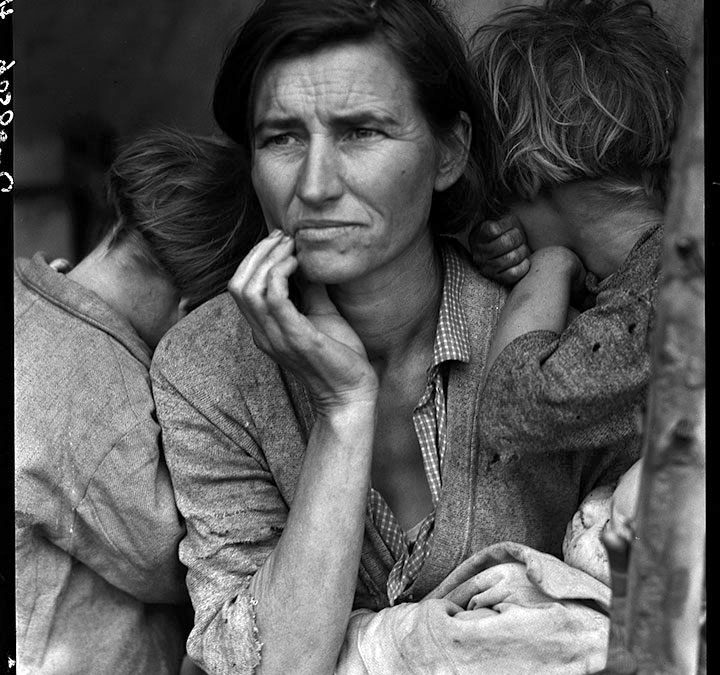
Photographic Mercadillo
Some of my work at the Photographic Mercadillo Fb page

Some of my work at the Photographic Mercadillo Fb page

A little teaser from my residency on the Float Photo Magazine’s Instagram feed.
https://www.instagram.com/float_magazine/?hl=e






My new project ( in progress) is inspired by Yugen .
The word “yūgen” (幽玄) has its origins on the traditional Japanese aesthetics and it is strictly speaking “an untranslatable word” has been most commonly carried out simply as “elegance”,”grace”, “understatement”, “intimation”, “composure”, “equilibrium”, “serenity”, and “quietism”.
It is not at all presentable to our sense-intellect as this or that, but this does not mean that the object is altogether beyond the reach of human experience. In fact, it´s experienced by us, and yet we cannot take it out into the broad daylight of objective publicity.
It is something we feel within ourselves, and yet it is an object about which we can talk,
an object of mutual communication only among those who have the feeling of it.
Hidden behind the clouds, but not entirely out of sight, for we feel its presence, its secret message being transmitted through the darkness however impenetrable to the intellect. (Daisetz T. Suzuki)
Yūgen does not, as has sometimes been supposed, have to do with some other world beyond this one, but rather with the depth of the world we live in, as experienced through cultivated imagination. Is an awareness of the universe that triggers emotional responses too deep and mysterious for words. A greater challenge.

Working for the Resettlement Administration and Farm Security Administration, Lange’s images brought the plight of the poor and forgotten—particularly sharecroppers, displaced farm families, and migrant workers—to public attention. Distributed free to newspapers across the country, Lange’s poignant images became icons of the era.
One of Lange’s most recognized works is Migrant Mother . The woman in the photograph is Florence Owens Thompson. In 1960, Lange spoke about her experience taking the photograph:
“I saw and approached the hungry and desperate mother, as if drawn by a magnet. I do not remember how I explained my presence or my camera to her, but I do remember she asked me no questions. I made five exposures, working closer and closer from the same direction. I did not ask her name or her history. She told me her age, that she was thirty-two. She said that they had been living on frozen vegetables from the surrounding fields, and birds that the children killed. She had just sold the tires from her car to buy food. There she sat in that lean-to tent with her children huddled around her, and seemed to know that my pictures might help her, and so she helped me. There was a sort of equality about it. “
Lange took seven photos that day, in the course of ten minutes. The last being the famous Migrant Mother . These are the six other photos:






The images were made using a Graflex camera. The original negatives are 4×5″ film. It is not possible to determine on the basis of the negative numbers (which were assigned later at the Resettlement Administration) the order in which the photographs were taken. Extended captions and supplementary textual files relating to this series in the FSA Written Records have not been found.
After Lange returned home, she told the editor of a San Francisco newspaper about conditions at the camp and provided him with two of her photographs. The editor informed federal authorities and published an article that included the images. In response, the government rushed aid to the camp to prevent starvation.



Ronis’ wife, the Communist militant painter Marie-Anne Lansiaux (1910–91), was the subject of his well-known 1949 photograph, Nu provençal (Provençal nude). The photograph, taken in a house that Marie-Anne and he had just bought in Gordes , showed Marie-Anne washing at a basin with a water pitcher on the floor and an open window through which the viewer can see a garden, this is noted for its ability to convey an easy feeling of Provençal life.
Ronis remembered:
“We had a little stone cottage at Gordes. It was a hot summer, and I was repairing the attic. I needed a trowel, so I came down and there was Marie-Anne standing naked on the stone flags, washing herself from the tin basin. ‘Don’t move,’ I said and, my hands full of plaster, I grabbed my Rolleiflex and took four shots. It was the second shot which I chose.
It took two minutes in all. Miracles exist, I experienced it. I have never been so anxious as when I developed that film. I felt that, if the image was good, technically and aesthetically, it would be a major moment in my life, a prosaic moment of extraordinary poetry.”

* Willy Ronis’ contact sheet of his image “Le Nu Provencal”
The photograph was a “huge success”; Ronis would comment, “The destiny of this image, published constantly around the world, still astonishes me.”
Later in her life, he photographed Marie-Anne suffering from Alzheimer’s disease , sitting alone in a park surrounded by autumn trees.

source
https://en.wikipedia.org/wiki/Willy_Ronis
https://iconicphotos.wordpress.com/2012/07/24/willy-ronis-le-nu-provencal/